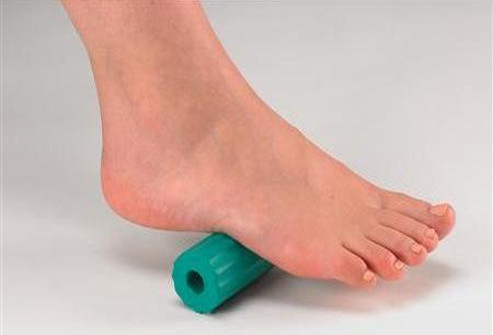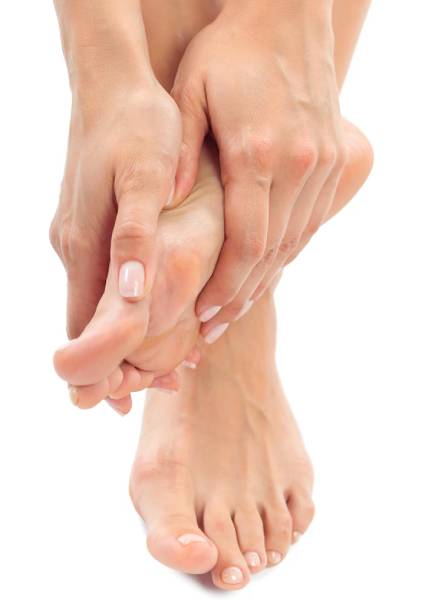What Is Acute Inflammation?
Do you think Orthotics are Effective?
May 9, 2018Tips on Finding the Best Podiatrist in Houston
May 10, 2018Inflammation is the body’s normal protective response to an injury, irritation, or surgery. This natural “defense” process brings increased blood flow to the area, resulting in an accumulation of fluid. As the body mounts this protective response, the symptoms of inflammation develop, Says Dr. Sherman Nagler. These include:
- Swelling
- Pain
- Increased warmth and redness of the skin
Inflammation can be acute or chronic. When it is acute, it occurs as an immediate response to trauma (an injury or surgery)—usually within two hours. When it is chronic, the inflammation reflects an ongoing response to a longer-term medical condition, such as arthritis.

Inflammation is not the same as infection. Infections are caused by bacteria, fungus, and viruses, and infections sometimes produce inflammation. However, infection and inflammation are treated very differently. Dr. Nagler can best determine the cause of your inflamed tissue.
Treatment
To reduce inflammation and the resulting swelling and pain, injured tissue needs to be properly treated. The earlier you start treatment, the better.
• Rest. Stay off of your foot as much as possible to prevent further injury. In some cases, complete immobilization may be required. Dr. Sherman Nagler will decide whether you will need crutches and whether movement of your foot or ankle is appropriate.
• Ice. Icing, which decreases blood flow to the tissue, thus reducing swelling and pain, should be continued until your symptoms resolve. Wrap ice cubes—or a bag of frozen peas or corn—in a thin towel and place the pack on the injured area for 20 minutes of each hour you’re awake. If your skin turns blue or white, discontinue icing for a few hours. Two cautions: Never apply ice or frozen bags directly to your skin. And never leave an ice pack on your injury while you sleep.
• Compression. Keep the inflamed area compressed by wrapping it in an elastic bandage or stocking. Compression prevents additional fluid accumulation and helps reduce pain. Wrap the bandage more firmly at the toes and less firmly at the calf. If your toes tingle or your foot throbs, the wrapping may need to be loosened. If the tingling or throbbing continues after loosening the wrap, contact Nagler Foot Center as soon as possible.
• Elevation. Keeping the foot elevated reduces the swelling by allowing excess fluid to drain to the heart. The proper way to elevate your foot is to keep it level with or slightly above the heart. Place one or two pillows under your calf, and make sure your hip and knee are slightly bent. Never keep your leg extended straight out. In addition to the above measures, Houston podiatrist Sherman Nagler may prescribe a nonsteroidal anti-inflammatory drug (NSAID), such as ibuprofen, or another type of medication.
Please call Nagler Foot Center with any foot ailments you may have. “Houston’s Foot Doc” Sherman Nagler 713.529.1010 or visit our website at www.foothouston.com


